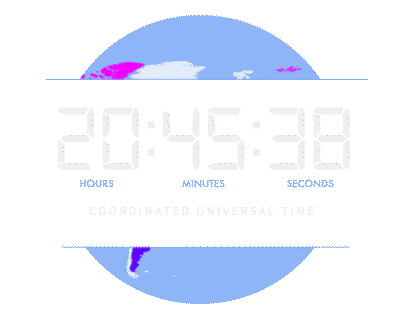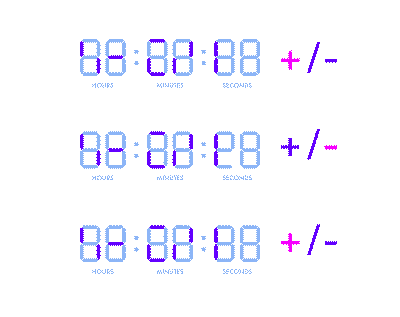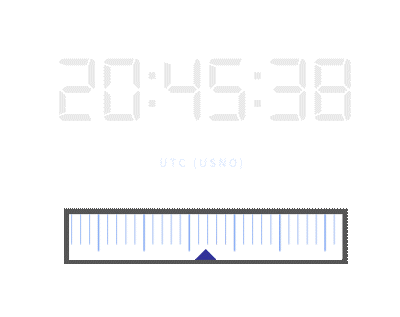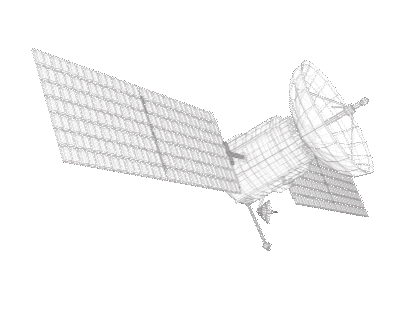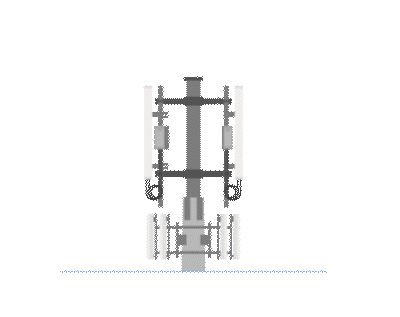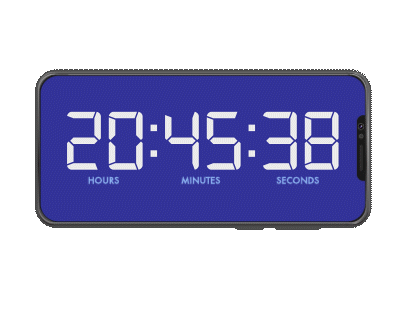U.S. Naval Observatory (USNO) staff in Washington, D.C., and Colorado Springs operate an ensemble of around 100 atomic clocks.
How Does Atomic Time Get to Your Phone?
Scroll down to follow the journey of time from atomic clocks in government labs to the phone in your pocket or the watch on your wrist.
Created September 30, 2024, Updated October 17, 2024




